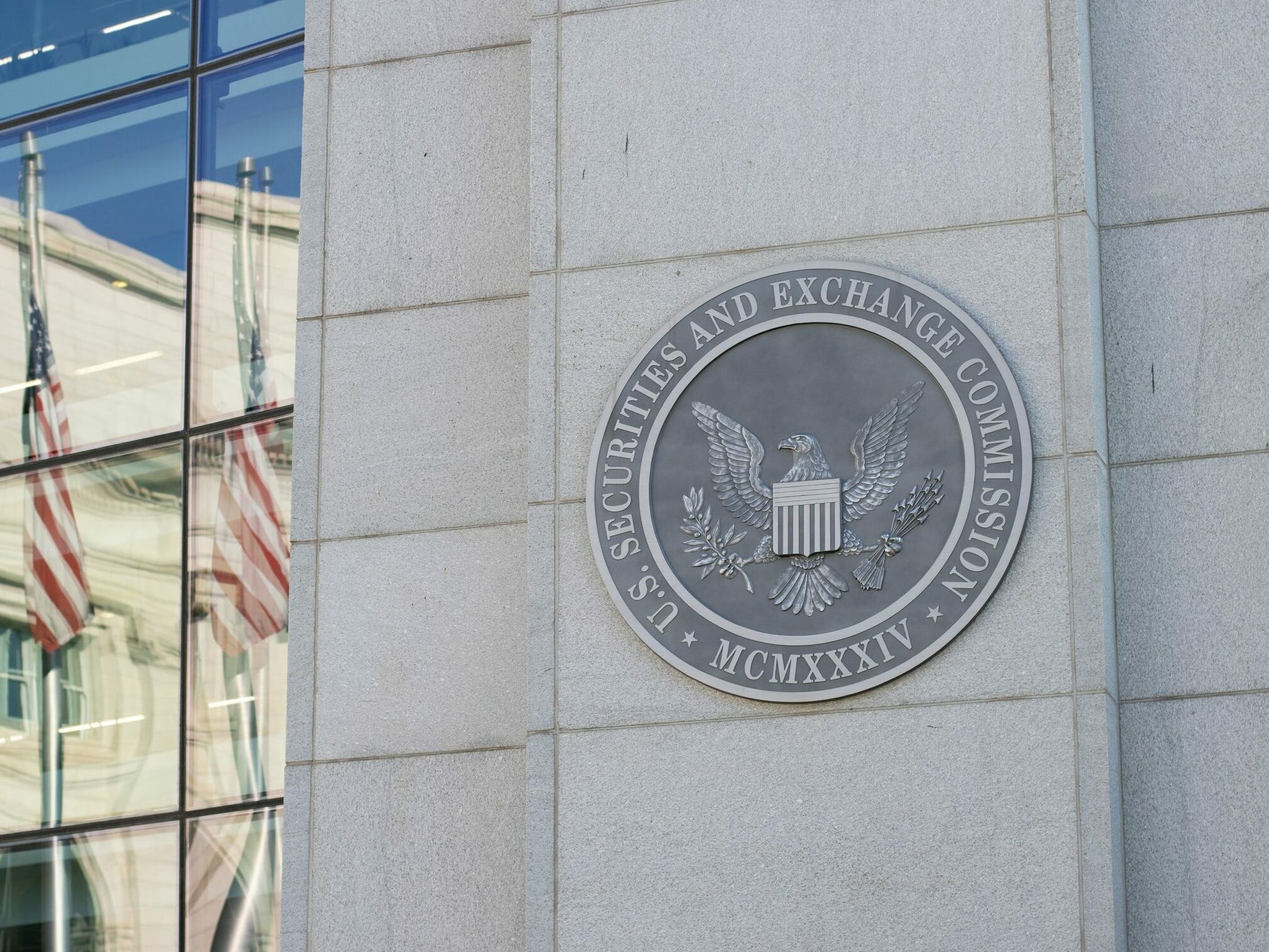The latest Form PF Section 4 amendments target large private equity funds, specifically those with at least $2 billion in private equity fund assets under management (AUM) as of the last day of the most recently completed fiscal year. This threshold encompasses private equity funds and their related persons, requiring a collective consideration of total AUM, except for related persons that are separately operated.
There are important exemptions for advisers operating primarily outside the US. These advisers can exclude any private fund that, during the last fiscal year, was not a U.S. person, was not offered in the U.S., and was not beneficially owned by any US person.
Key Features of the Form PF Section 4 Amendments
The SEC has decided to maintain the reporting threshold at $2 billion, instead of lowering it to $1.5 billion. The rationale is that the $2 billion threshold effectively captures around 73% of the U.S. private equity industry and reducing it further would not significantly enhance oversight.
Enhanced Data Collection and Monitoring
The amendments introduce and modify several questions within Section 4 of Form PF to enhance data collection. This enhancement is crucial for the Financial Stability Oversight Council (FSOC) and the SEC to monitor systemic risk and evaluate material changes in market trends. The key areas of focus include:
- Systemic Risk Monitoring: The new questions are designed to improve FSOC’s and the SEC’s ability to detect and analyze significant shifts within the private equity market.
- Detailed Understanding of Fund Practices: The amendments will help the SEC gather detailed insights into the practices of private equity fund advisers, such as their investment strategies, fund-level borrowings, default events, bridge financing to controlled portfolio companies, and the geographic distribution of investments.
Detailed Information Requirements in Section 4
Section 4 of Form PF requires large private equity fund advisers to provide a comprehensive set of data about their funds. The type of information required includes:
- Fund Identification and Information: Details about each fund, including the name, inception date, and the total amount of capital commitments.
- Assets and Liabilities: A detailed breakdown of the fund’s assets and liabilities, including cash and cash equivalents, portfolio companies, and any outstanding debt.
- Fund Performance: Information on the fund’s performance, including gross and net internal rates of return (IRR), and multiple of invested capital (MOIC).
- Borrowings and Financing: Details on any borrowing arrangements, including the terms and conditions of such borrowings and the amount borrowed.
- Portfolio Company Information: Data about the portfolio companies, including the industry sector, geographic location, and the extent of control exercised by the fund over these companies.
- Investment Strategies: A categorized list of investment strategies employed by the fund, along with the percentage of deployed capital for each strategy.
- Clawbacks: Reporting of any general partner (GP) or limited partner (LP) clawback amounting to 10% of a fund’s aggregate capital commitments, indicating potential stress or significant events within the fund.
Reporting Clawbacks
A significant new requirement is the annual reporting of any general partner (GP) or limited partner (LP) clawback amounting to 10% of a fund’s aggregate capital commitments. Clawbacks can indicate underlying stress within a fund, preparations for significant events, or emerging conflicts. While initially proposed to be reported within one business day, the final rule mandates that these events be included in the annual Form PF filing.
What Private Fund Advisers Need To Do
The SEC’s amendments to Section 4 of Form PF represent a significant step towards enhancing transparency and systemic risk monitoring within the private equity industry. By maintaining the $2 billion reporting threshold and refining data collection methods, the SEC aims to improve its oversight capabilities without imposing undue burdens on large private equity fund advisers. At AQMetrics, we are committed to helping our clients navigate these changes and remain compliant, leveraging our award-winning technology to simplify and optimize their regulatory reporting processes.
Streamline your Regulatory Reporting with AQMetrics.
For more information on how AQMetrics can assist you with Form PF filings, please contact us today.




